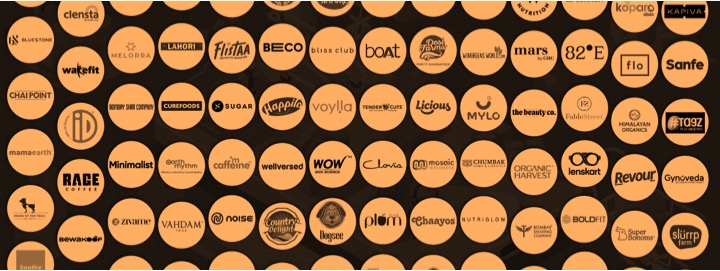The Indian economy, helped by the government’s push on digitalisation and aided by a strong internet penetration across the country, is on a strong upswing. A report by Redseer states that Indian e-commerce could grow at a CAGR of 27 per cent to reach $163 billion by 2026, which is thrice the growth of the retail market over the same period. Agriculture and agri-products are core components of this expected surge with the dairy industry a major economic driver accounting for over 8 per cent of the country’s agricultural GDP. However, dairy farmers in India have traditionally faced a number of challenges, including low productivity, low prices, and limited access to markets.
Digitalisation, however, is providing new opportunities for D2C (director-to-consumer) dairy brands to help address these challenges and increase farmers’ income. By leveraging digital technologies, D2C brands can improve the efficiency of milk collection and processing, provide farmers with access to better markets, and offer them more transparent pricing.
India is the world’s largest producer of milk, producing over 160 million tonnes of milk per year making the dairy industry worth over $100 billion and employing over 70 million people. Digitalisation is key to the transformation of this sector and since D2C companies spearhead the consumer-facing evolution in this context, their use and leveraging of the available tech can institute a sea change for the fortunes and futures of dairy farmers.
How worthy farmers’ milk is
According to a report by the National Dairy Development Board (NDDB), the average time taken to collect milk from farmers in India is four hours. This can lead to milk spoilage, as milk should be kept at a cool temperature. Digitisation can help to reduce the time taken to collect milk by using mobile apps to connect with farmers and schedule milk collection.
The dairy industry in India is highly fragmented, with over 100 million farmers producing milk. This can make it difficult for farmers to access better markets, as they are often forced to sell their milk to middlemen who take advantage of their bargaining power. Digitisation can help to improve farmers’ access to better markets by providing them with a direct connection to consumers. Another challenge facing dairy farmers in India is the lack of transparency in pricing. Often, farmers don’t have any idea how worthy their milk is as they are often paid a fixed price by middlemen. Digitisation can help to improve transparency in pricing by providing farmers access to real-time market data. There are apps which provide farmers with access to real-time milk prices, which helps them to negotiate better prices with buyers.
In addition, digitalisation can also help D2C dairy brands to improve the traceability of milk products, reduce food waste, increase customer satisfaction, and build a stronger brand reputation. Various tools are now available that can be deployed by brands to achieve efficiencies through digitalization. Mobile apps, for instance, can be used to connect with farmers, schedule milk collection, and provide farmers with access to information. The Internet of Things (IoT) devices can be used to track the health of cattle, monitor milk production, and track the temperature of milk during collection and processing. This data can be used to improve the efficiency of milk collection and processing and to ensure that milk is kept at a safe temperature.
Data analytics to improve efficiency
Big data analytics can be used to analyse data from IoT devices, mobile apps, and other sources to identify trends and patterns. This data can be used to improve the efficiency of milk collection and processing and to make better decisions about pricing, marketing, and product development. Also, blockchain is a secure and transparent way to track the movement of milk from farm to consumer. This can help to ensure that milk is traceable and that farmers are paid fairly. Emergent tech such as Artificial intelligence (AI), Virtual reality (VR), which is being used to train farmers on how to care for their cattle and to improve the efficiency of milk processing, and Augmented reality (AR), which can help provide farmers with real-time information about their cattle and to help them to make better decisions about their farming practices, are also now being looked at and implemented.
By leveraging these technologies and realising the potential of digitalisation, D2C dairy brands can address the challenges facing dairy farmers in India and increase their incomes effectively.
Source : The Hindu Business Line Aug 20th 2023

